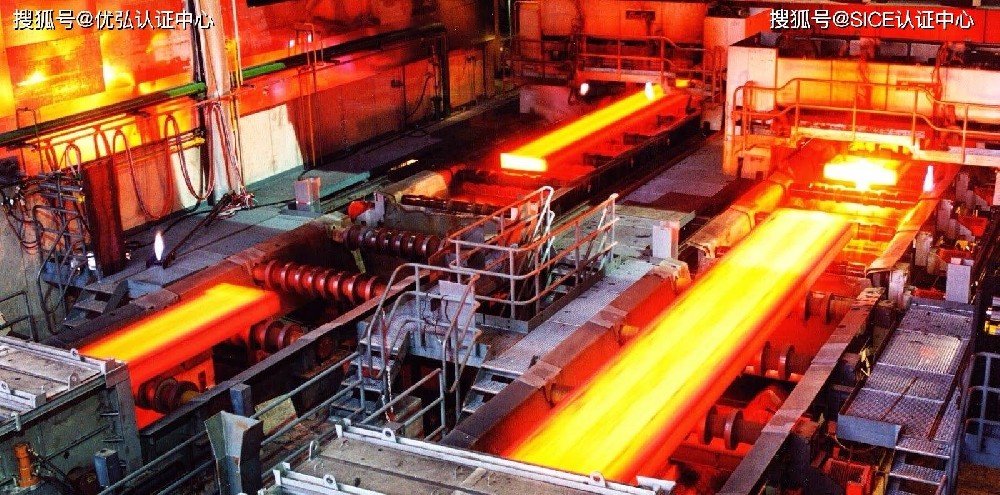新闻中心NEWS

021-660 32575
3.2 认证:原材料和制造的关键见解

我们遇到了许多关于 3.2 证书的误解。了解这些证书的正确应用、颁发和限制至关重要,尤其是在原材料方面。
什么是 3.2 证书?
根据 EN 10204:2004 标准颁发原材料 3.2 证书,以确认它们符合严格的行业规范。它结合了制造商的测试结果和授权检验机构的第三方验证。该认证对于能源、石油和天然气以及建筑等高风险行业的材料至关重要。
关于 3.2 认证的主要误区
颁发 3.2 证书
3.2证书仅由制造商在制造过程中根据批号和热号拥有和颁发。库存商或分销商不能签发它,因为他们不参与制造或测试过程。只有生产和测试材料的制造商才能提供此认证。检验公司也不能颁发3.2证书——只能验证和检验,但证书必须直接来自制造商。
从 3.1 升级到 3.2
一个常见的误解是 3.1 证书可以“升级”为 3.2 证书。这是不可能的。3.1证书是制造商的自我声明合规,而3.2证书则需要在制造过程中进行第三方验证。材料一旦被第三方销售或加工,就无法获得 3.2 证书。
制造过程中的物理签名要求
3.2 证书的一个关键要求是第三方检验员的签名必须在制造现场进行物理记录。这确保了认证过程在生产点进行,并保证了可追溯性和合规性。这使得第三方检验机构或库存商无法颁发 3.2 证书。
仅适用于原材料,不适用于组装单元
3.2 证书仅适用于原材料(例如钢板、管道或其他基础部件)在经过重大加工或改性之前。一旦材料经过焊接、轧制或机械加工等工艺,其化学和机械性能可能会发生变化,使其不再符合 3.2 认证的资格。加工可能会改变关键的材料特性,这就是为什么 3.2 认证严格适用于未加工的原材料。加工后,组装单元需要不同形式的认证,例如合格证书。
Demystifying 3.2 Certification: Key Insights on Raw Materials and Manufacturing
We are encountering numerous misconceptions surrounding 3.2 certificates. It's crucial to understand the correct application, issuance, and limitations of these certificates, especially concerning raw materials.
What is a 3.2 Certificate?
A 3.2 certificate is issued under the EN 10204:2004 standard for raw materials to confirm they meet stringent industry specifications. It combines both the manufacturer's test results and third-party verification from an authorized inspection body. This certification is vital for materials in high-risk industries like energy, oil and gas, and construction.
Key Misunderstandings About 3.2 Certification
Issuance of the 3.2 Certificate
The 3.2 certificate is only owned and issued by the manufacturer during the manufacturing process based on batch numbers and heat numbers. Stockists or distributors cannot issue it because they are not involved in the manufacturing or testing process. Only the manufacturer, who produces and tests the material, can provide this certification. Inspection companies also cannot issue the 3.2 certificate—they can only verify and inspect, but the certificate must come directly from the manufacturer.
Upgrading from 3.1 to 3.2
A common misconception is that a 3.1 certificate can be “upgraded” to a 3.2 certificate. This is not possible. The 3.1 certificate is a manufacturer’s self-declaration of compliance, while the 3.2 certificate requires third-party verification during the manufacturing process. Once a material has been sold or processed by a third party, it cannot receive a 3.2 certificate.
Physical Signature Requirement During Manufacturing
One key requirement for the 3.2 certificate is that the third-party inspector’s signature must be physically recorded at the manufacturing site. This ensures that the certification process occurs at the point of production and guarantees traceability and compliance. This makes it impossible for third-party inspection bodies or stockists to issue a 3.2 certificate.
Applicability to Raw Materials Only, Not Assembled Units
The 3.2 certificate applies only to raw materials—such as steel plates, pipes, or other base components—before they undergo significant processing or modification. Once materials undergo processes like welding, rolling, or machining, their chemical and mechanical properties may change, making them no longer eligible for 3.2 certification. The processing can alter crucial material properties, which is why 3.2 certification is strictly for raw, unprocessed materials. Once processed, assembled units require different forms of certification, such as certificate of conformity.
